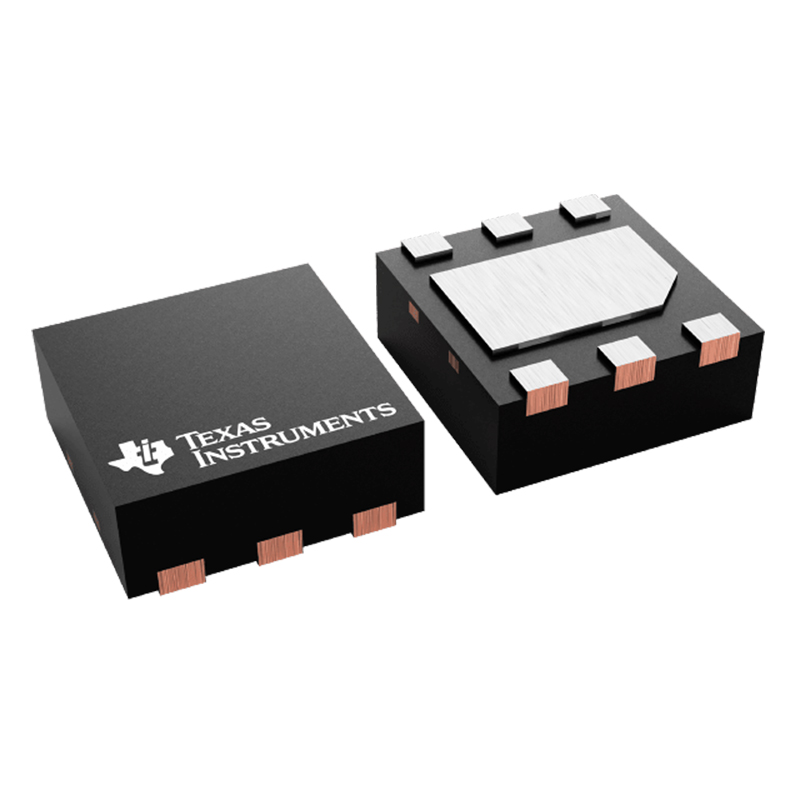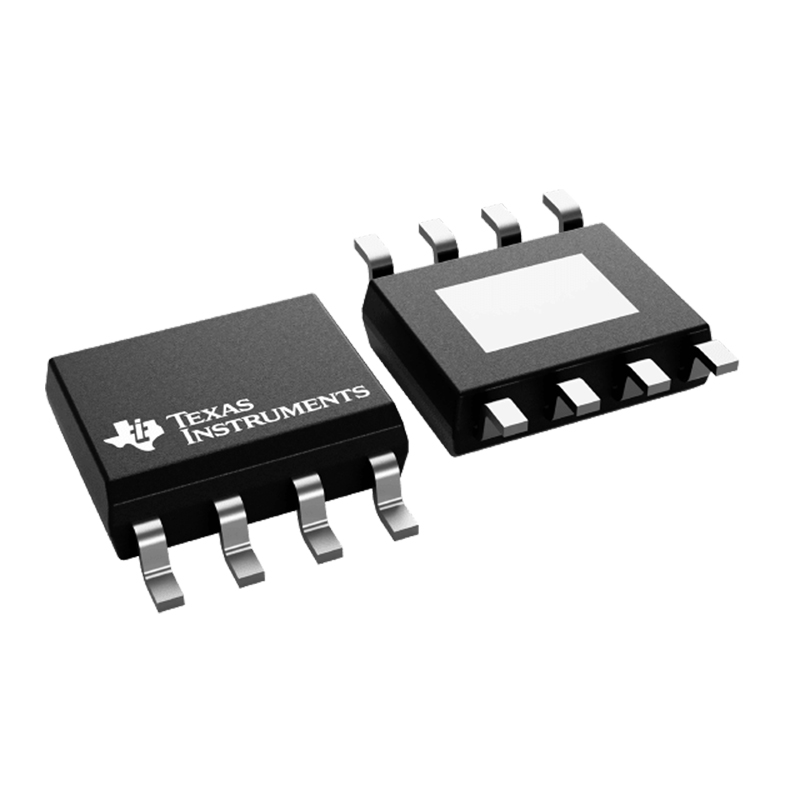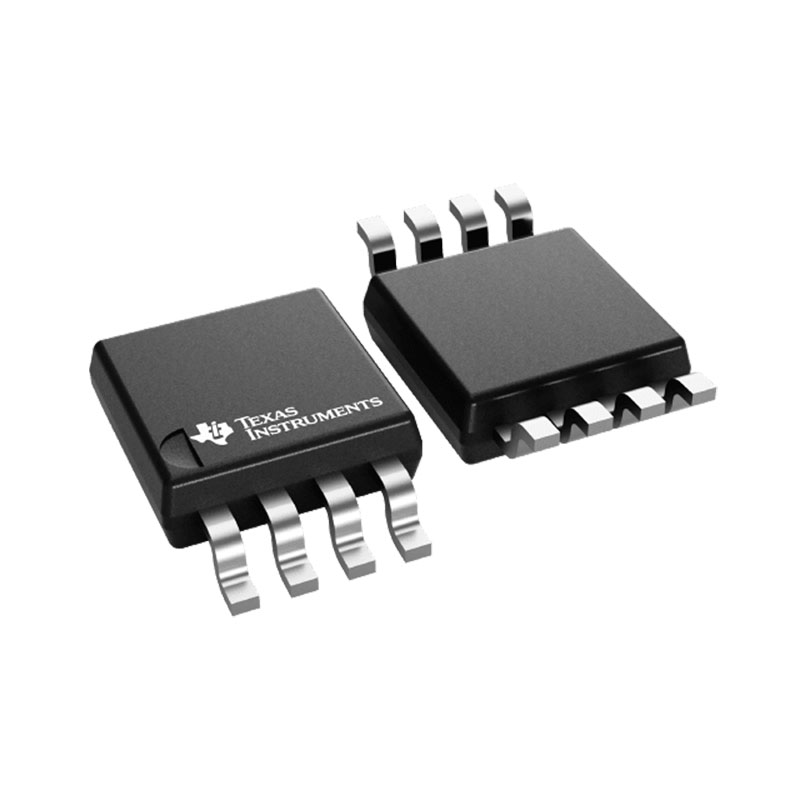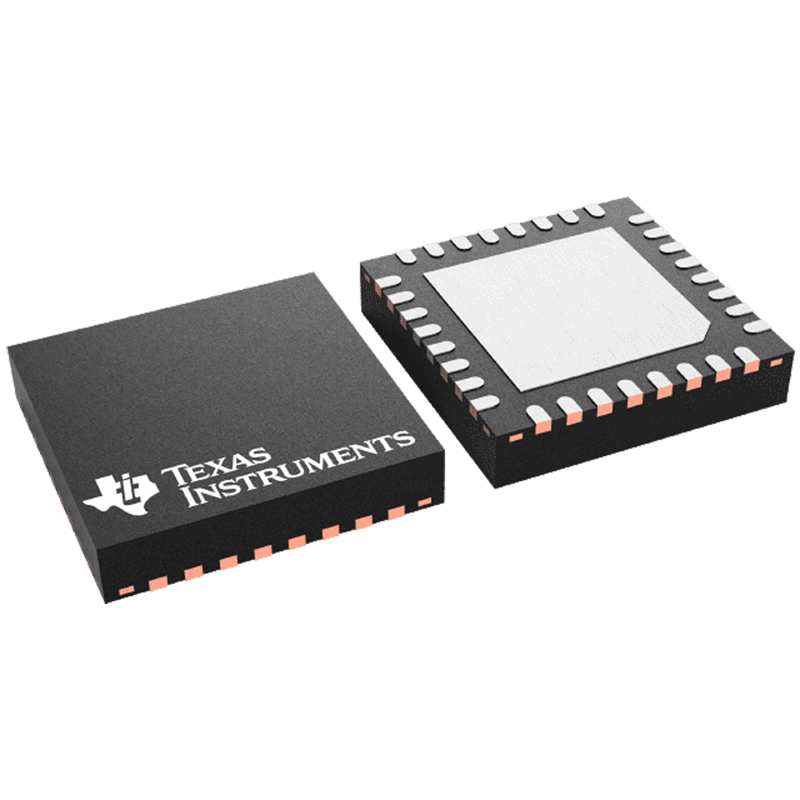
Products
Manufacturer for Audio Usb Converters - PCM1690DCAR – FlyBird
Manufacturer for Audio Usb Converters - PCM1690DCAR – FlyBird Detail:
Features for the PCM1690
24-Bit Delta-Sigma DAC
8-Channel DAC:High Performance: Differential, fS = 48 kHz
THD+N: –94 dB
SNR: 113 dB
Dynamic Range: 113 dB
Sampling Rate: 8 kHz to 192 kHz
System Clock: 128 fS, 192 fS, 256 fS, 384 fS,512 fS, 768 fS, 1152 fS
Differential Voltage Output: 8 VPP
Analog Lowpass Filter Included 4x/8x Oversampling Digital Filter:Zero Flag
Passband Ripple: ±0.0018 dB
Stop Band Attenuation: –75 dB
Flexible Audio Interface:I/F Format: I2S™, Left-/Right-Justified, DSP,TDM
Data Length: 16, 20, 24, 32 Bits
Flexible Mode Control:3-Wire SPI, 2-Wire I2C-Compatible Serial Control Interface, or Hardware Control
Multiple Functions Through SPI or I2C I/F:Audio I/F Format Select: I2S, Left-Justified,Right-Justified, DSP, TDM Digital Attenuation and Soft Mute
Digital De-Emphasis: 32 kHz, 44.1 kHz,
48 kHz
Data Polarity Control
Power Down
Multiple Functions Through H/W Control:
Audio I/F Format Select: I2S, TDM
Digital De-Emphasis Filter: 44.1 kHz
Analog Mute by Clock Halt Detection
External RESET Pin
Power Supplies:5 V for Analog and 3.3 V for Digital
Package: HTSSOP-48
Operating Temperature Range:–40°C to +85°C
Description for the PCM1690
The PCM1690 device is a high-performance, single-chip, 24-bit, eight-channel, audio digital-to-analog converter (DAC) with differential outputs. The eight-channel, 24-bit DAC employs an enhanced, multi-level delta-sigma (ΔΣ) modulator and supports 8-kHz to 192-kHz sampling rates and a 16-/20-/24-/32-bit width digital audio input word on the audio interface. The audio interface of the PCM1690 supports the time-division-multiplexed (TDM) format in addition to the standard I2S, left-justified, right-justified, and DSP formats.
The PCM1690 can be controlled through a three-wire, SPI-compatible interface, or two-wire, I2C-compatible serial interface in software, which provides access to all functions including digital attenuation, soft mute, de-emphasis, and so forth. Also, hardware control mode provides a subset of user-programmable functions through two control pins. The PCM1690 is available in a 12-mm × 8-mm (12-mm × 6-mm body) HTSSOP-48 package.
For all available packages, see the orderable addendum at the end of the data sheet.
Product detail pictures:
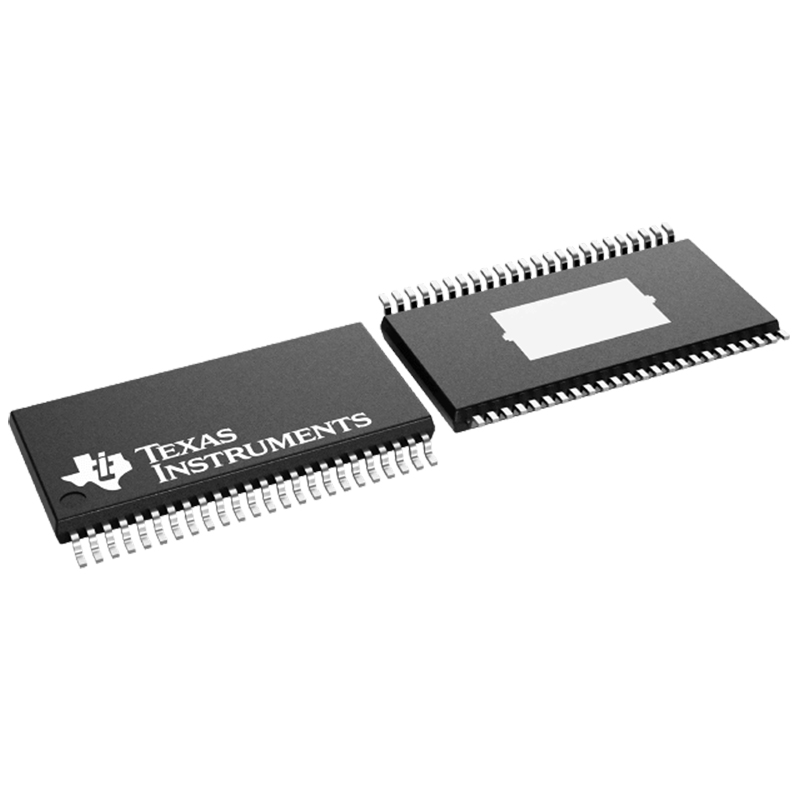
Related Product Guide:
We insist on offering high-quality production with great enterprise concept, honest product sales and also the finest and fast service. it will bring you not only the superior quality solution and huge profit, but the most significant should be to occupy the endless market for Manufacturer for Audio Usb Converters - PCM1690DCAR – FlyBird , The product will supply to all over the world, such as: Guatemala, Grenada, Cologne, Now, with the development of internet, and the trend of internationalization, we have decided to extend business to overseas market. With the propose of bringing more profits to oversea customers by providing directly abroad. So we have changed our mind, from home to abroad, hope to give our customers more profit, and looking forward to more chance to make business.
1. Who are the staff in your R & D department? What are your qualifications?
-R & D Director: formulate the company’s long-term R & D plan and grasp the direction of research and development; Guide and supervise r&d department to implement company r&d strategy and annual R&D plan; Control the progress of product development and adjust the plan; Set up excellent product research and development team, audit and training related technical personnel.
R & D Manager: make new product R & D plan and demonstrate the feasibility of the plan; Supervise and manage the progress and quality of r&d work; Research new product development and propose effective solutions according to customer requirements in different fields
R&d staff: collect and sort out key data; Computer programming; Conducting experiments, tests and analyses; Prepare materials and equipment for experiments, tests and analyses; Record measurement data, make calculations and prepare charts; Conduct statistical surveys
2. What is your product research and development idea?
- Product conception and selection product concept and evaluation product definition and project plan design and development product testing and validation launch to market
In China, we have many partners, this company is the most satisfying to us, reliable quality and good credit, it is worth appreciation.

